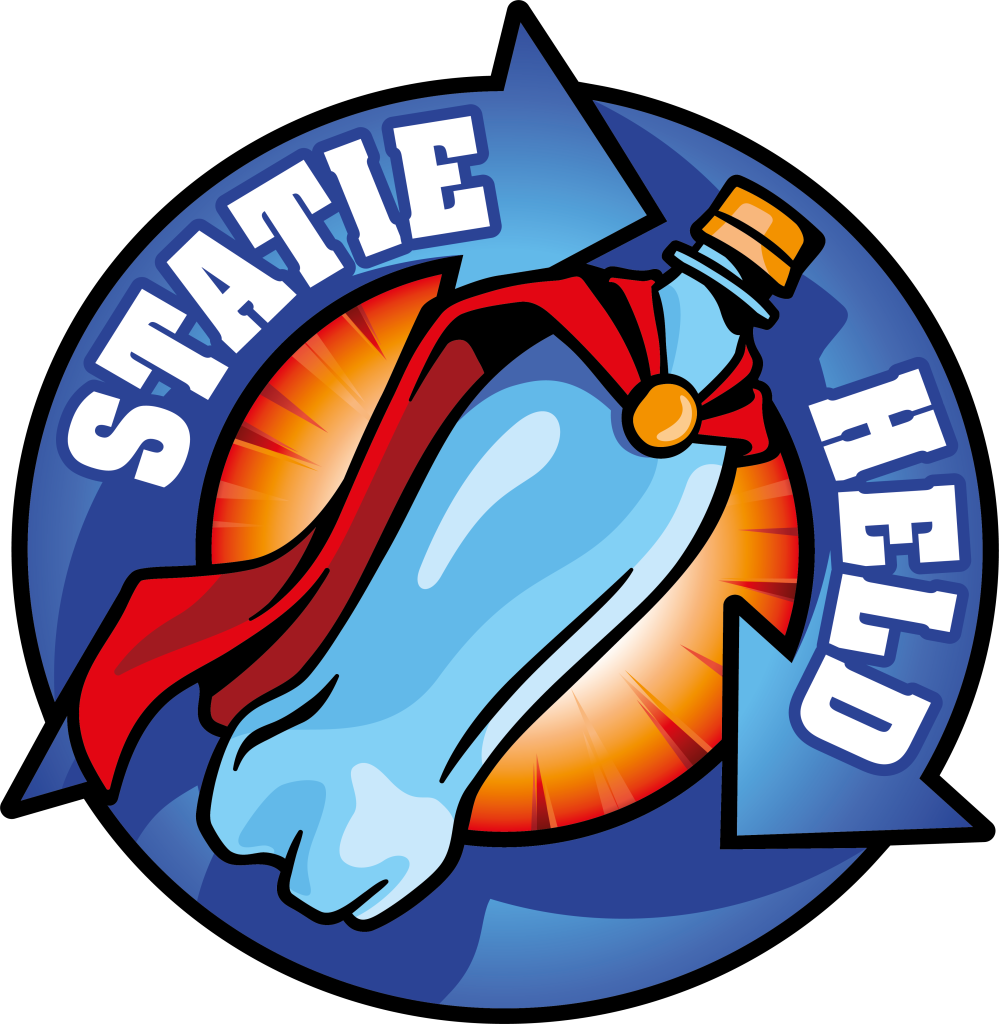
At the end of events, a “last cup” is often left behind — visitors lack an incentive to return it, and the current collection systems don’t always align with real-world behavior. Statieheld develops compact, scalable return solutions for cans and bottles, offering immediate rewards via platforms such as Tikkie or recycle coins. The company now aims to test how this concept works for festival cups in a real event setting.
Together with SME partner Statieheld, Avans University is conducting a living lab field test, focused on both visitor behavior and the functionality of the return machine during high-traffic moments at events.
- Impactful Value Chains
Research
The test setup, titled The Last Cup, combines behavioral measurement with technical observation. The study focuses on four behavioral dimensions:
-
Awareness – Can visitors find the return station? Do they understand the system and the reward?
-
Willingness – What is their motivation or attitude towards returning the cup?
-
Ability – Is the process practically feasible and fast enough?
-
Incentives – Which type of reward works best? (For example: instant payment via Tikkie, a prize, voucher, donation to a good cause, or environmental impact.)
Data collection is done through ultra-short tear-off cards with standard items across the four dimensions, supplemented by standardized on-site observations at the machine. These observations include technical issues (e.g., malfunctions, misthrows), queues, visitor flow, and behavior such as returning multiple cups at once.
Testing takes place at sports and festival venues to ensure data collection during peak crowd moments. This study builds on earlier research by Statieheld in collaboration with SIA x Innofest, in which the “last cup” issue was identified. The current study, in cooperation with Avans, focuses specifically on cups, behavior, and immediate-reward incentives.
Outcomes
The research delivers three key outcomes:
-
Behavioral insights – Which combination of awareness, willingness, ability, and incentives leads to the highest return rate for the last cup?
-
Operational insights – When and why do misthrows, malfunctions, or queues occur? How does the machine perform in a real-life event setting?
-
Implementation recommendations – Concrete answers for selecting the most effective incentive (e.g., Tikkie or recycle coin) and the conditions needed for upscaling to large events.
Together with SME partner Statieheld, this research provides a data-driven roadmap to tackle the “last cup” problem, improve crowd flow, and ensure the reliability of return machines during peak usage.



